


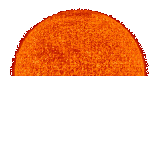
|
The Universe In the previous lesson we learned that the fusion of hydrogen into helium in the Sun generates light and heat that warm the Earth. This is an understatement. Many other elements are created in the stars. The stars fuse nitrogen into silicon, oxygen into sulfur, aluminum into iron. All of the matter in the universe was at one time created in a star. So how do we fit into this cosmic creationism? |
The term universe encompasses everything in the heavens. There are all sorts of objects that make up the universe: stars, planets, other objects and plain old empty space. Stars, like our sun, are basically large chunks of matter. But stars are so large that the pressure of all of their mass pressing in on itself fuses atoms together, releasing light and heat. Stars tend to cluster together in groups called galaxies. Our sun for example, is but one star in the milky way galaxy. Even smaller in scale than a galaxy is a solar system. Our solar system is comprised of one star (the sun) and nine planets circling around it. Planets, like stars, are basically chunks of matter. But relative to the size of a star, a planet is quite a small chunk. For example, if the above animation of the Earth revolving around the Sun were drawn to scale and the Sun were drawn as pictured, the Earth would be the size of this dot . and it would be located almost 5 m (16 feet) from your computer screen!
The Solar System

Our solar system includes the sun and nine planets. The picture above shows the order in which those planets orbit the sun (however the sizes and distances are not to scale). Below are images of: the nine planets, the Sun and Earth's satellite: the Moon (satellites orbit planets - planets orbit stars). More information can be obtained on any of the planets (by way of Calvin Hamilton's 'Views of the Solar System') by clicking on the images.
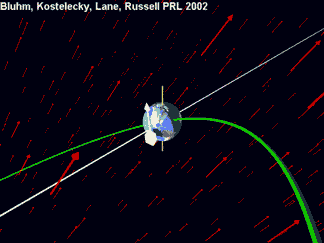
Some Images from Our Solar System (not to scale!)
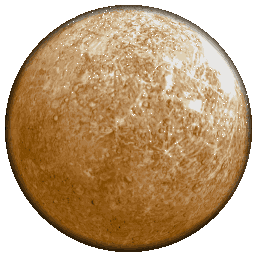 |
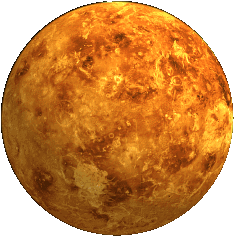 |
 |
|
|
|
|
 |
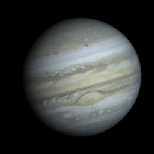 |
 |
| Mars |
|
|
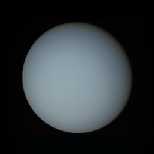 |
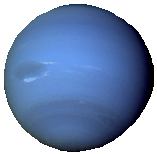 |
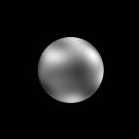 |
| Uranus |
|
|
 |
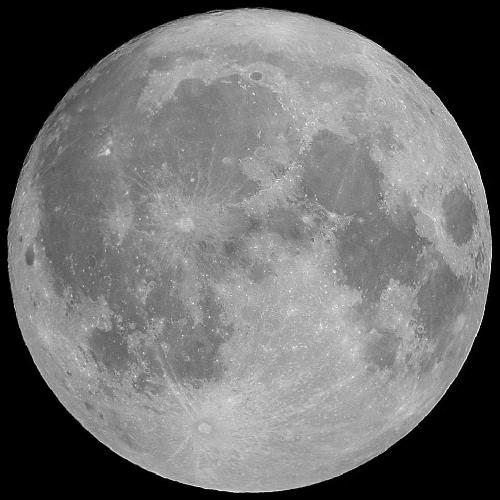 |
|
|
|
|
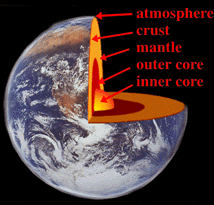 Describing
the planets as 'chunks of matter' is an oversimplification. While some of
them, like the planet Mercury, are little more than big rocks, many are quite
complex. We owe our existence to the fact that the Earth is a complex
system with multiple layers. The planet itself has 3 layers: core, mantle
and crust. Earth's core is a dense ball of molten iron surrounded
by a 'sea' of molten rock called the
mantle. However, except for during the occasional volcanic eruption
(a volcano is caused by molten rock from the mantle rising to the Earth's
surface), no one has ever actually seen either of these layers. Everything
that we do takes place in a relatively thin layer of solid rock called the
crust. The crust is composed of a series of thin 'plates' that
float on the mantle. Because these plates float on top of the molten
mantle, they occasionally move and bump into each other. This movement
causes the surface of the Earth to shake in what we call an earthquake. As
you know, the Earth's surface is not all rock. The hydrosphere is
the layer of water that covers 75% of the Earth's surface. And the
atmosphere is the layer of air above the surface that contains the oxygen
that supports life.
Describing
the planets as 'chunks of matter' is an oversimplification. While some of
them, like the planet Mercury, are little more than big rocks, many are quite
complex. We owe our existence to the fact that the Earth is a complex
system with multiple layers. The planet itself has 3 layers: core, mantle
and crust. Earth's core is a dense ball of molten iron surrounded
by a 'sea' of molten rock called the
mantle. However, except for during the occasional volcanic eruption
(a volcano is caused by molten rock from the mantle rising to the Earth's
surface), no one has ever actually seen either of these layers. Everything
that we do takes place in a relatively thin layer of solid rock called the
crust. The crust is composed of a series of thin 'plates' that
float on the mantle. Because these plates float on top of the molten
mantle, they occasionally move and bump into each other. This movement
causes the surface of the Earth to shake in what we call an earthquake. As
you know, the Earth's surface is not all rock. The hydrosphere is
the layer of water that covers 75% of the Earth's surface. And the
atmosphere is the layer of air above the surface that contains the oxygen
that supports life.